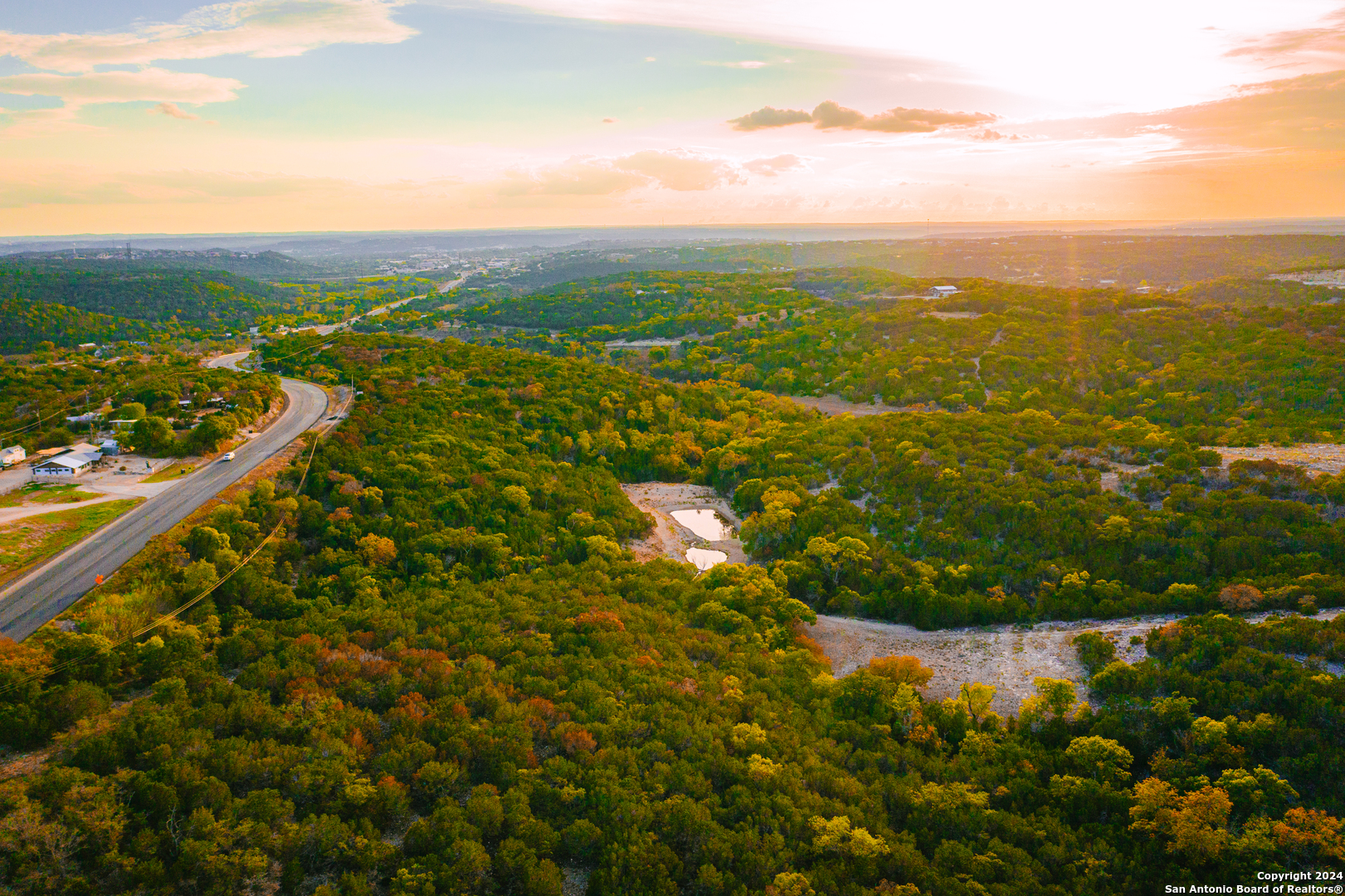Kerr County, located in the heart of the Texas Hill Country, is celebrated for its scenic beauty, rich history, and vibrant community. Established in 1856, the county features rolling hills, clear rivers, and the charming city of Kerrville. With a deep respect for its historical roots and a commitment to growth and innovation, Kerr County offers a welcoming and dynamic environment for residents and visitors alike.
AREA HISTORY
Kerr County was established in 1856 and named after James Kerr, a major figure in the Texas Revolution and a key founder of the Republic of Texas. The area was originally inhabited by Native American tribes, including the Apache and Comanche, before European settlers arrived in the mid-19th century. The county's history is marked by its development as an agricultural and ranching hub, with early settlers establishing farms and ranches that remain integral to the local economy. Historic sites such as the Kerr County Courthouse and the Schreiner Mansion offer deep insights into the county’s storied past and its contributions to Texas history.
GEOGRAPHY
Kerr County, located in the Texas Hill Country, is characterized by rolling hills, clear rivers, and lush vegetation, with the Guadalupe River being a prominent geographical feature. This river provides essential water resources and recreational opportunities. The terrain includes woodlands, grasslands, and riparian zones, supporting a variety of plant and animal life. The climate is semi-arid, with hot summers and mild winters, making the area suitable for agriculture and outdoor activities.
CULTURAL HERITAGE
Kerr County's cultural heritage is deeply rooted in its agricultural and historic traditions. The county hosts various events and festivals throughout the year, celebrating its history and community spirit.The annual Kerrville Folk Festival and the Texas Arts & Crafts Fair are major events that draw visitors from across the region.
January 32°F
July 94°F
Kerr County, located in the heart of the Texas Hill Country, is celebrated for its scenic beauty, rich history, and vibrant community. Established in 1856, the county features rolling hills, clear rivers, and the charming city of Kerrville. With a deep respect for its historical roots and a commitment to growth and innovation, Kerr County offers a welcoming and dynamic environment for residents and visitors alike.
AREA HISTORY
Kerr County was established in 1856 and named after James Kerr, a major figure in the Texas Revolution and a key founder of the Republic of Texas. The area was originally inhabited by Native American tribes, including the Apache and Comanche, before European settlers arrived in the mid-19th century. The county's history is marked by its development as an agricultural and ranching hub, with early settlers establishing farms and ranches that remain integral to the local economy. Historic sites such as the Kerr County Courthouse and the Schreiner Mansion offer deep insights into the county’s storied past and its contributions to Texas history.
GEOGRAPHY
Kerr County, located in the Texas Hill Country, is characterized by rolling hills, clear rivers, and lush vegetation, with the Guadalupe River being a prominent geographical feature. This river provides essential water resources and recreational opportunities. The terrain includes woodlands, grasslands, and riparian zones, supporting a variety of plant and animal life. The climate is semi-arid, with hot summers and mild winters, making the area suitable for agriculture and outdoor activities.
CULTURAL HERITAGE
Kerr County's cultural heritage is deeply rooted in its agricultural and historic traditions. The county hosts various events and festivals throughout the year, celebrating its history and community spirit.The annual Kerrville Folk Festival and the Texas Arts & Crafts Fair are major events that draw visitors from across the region.





































